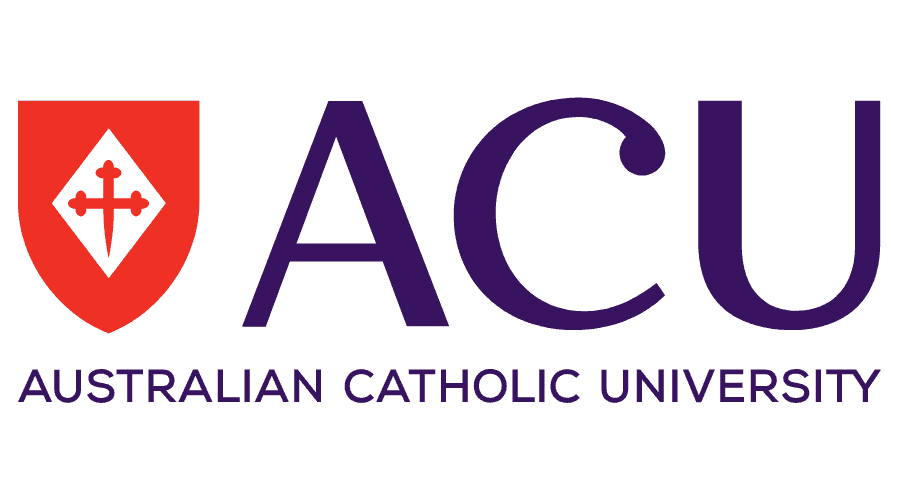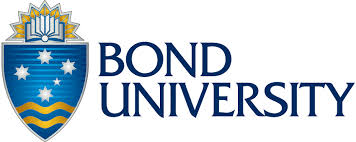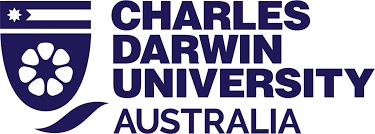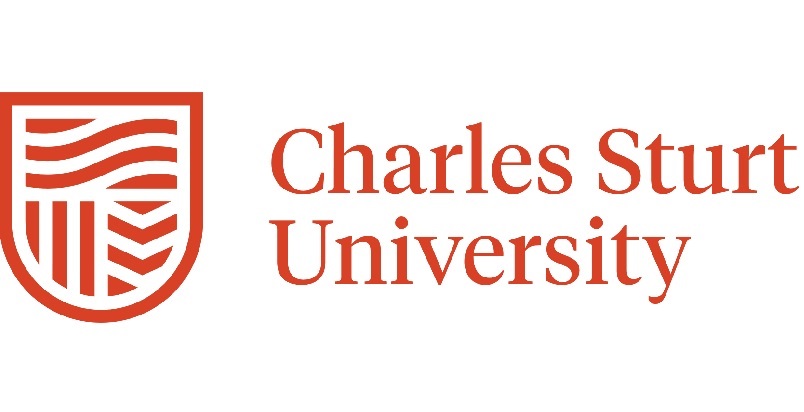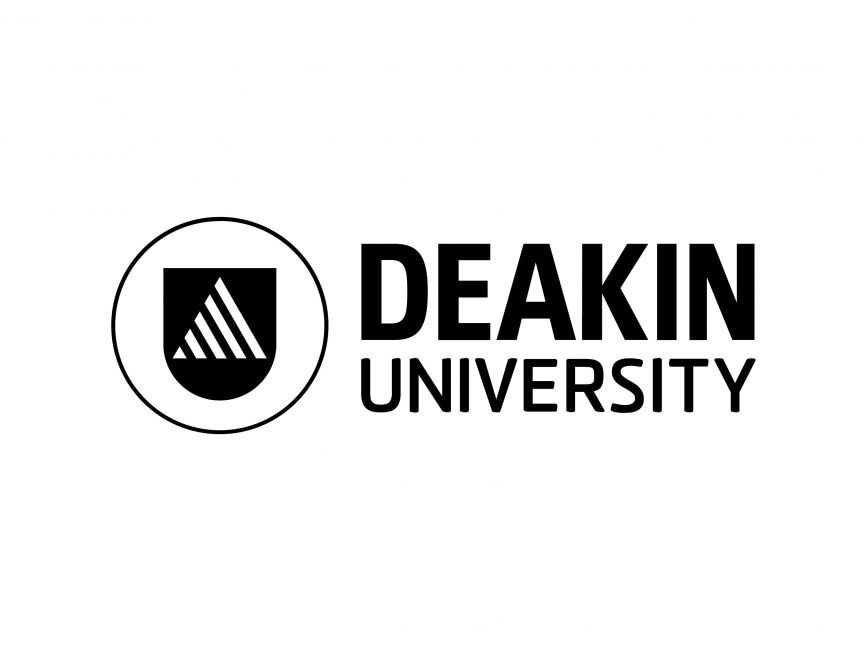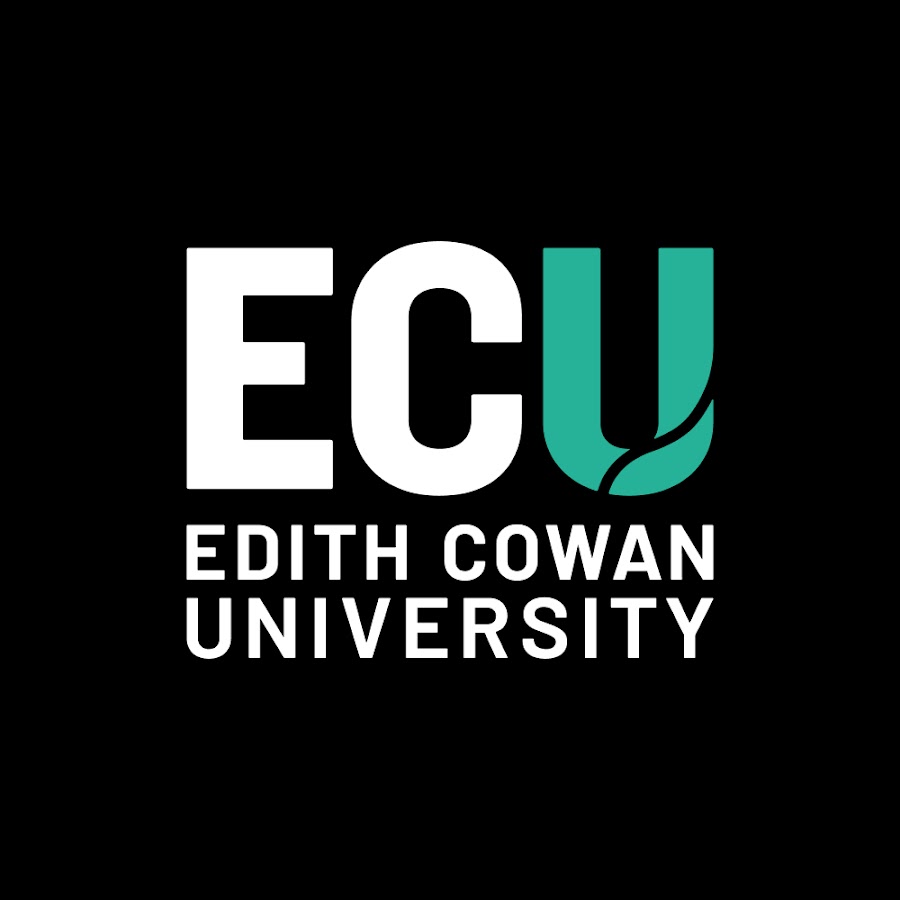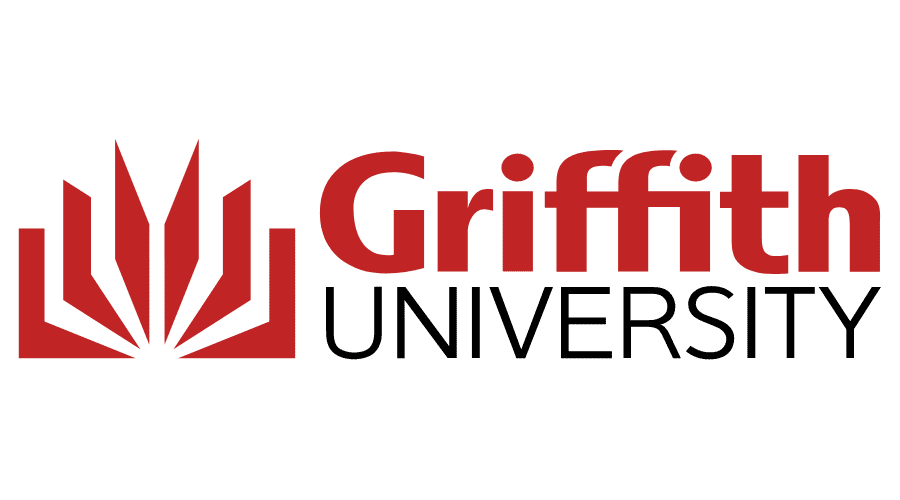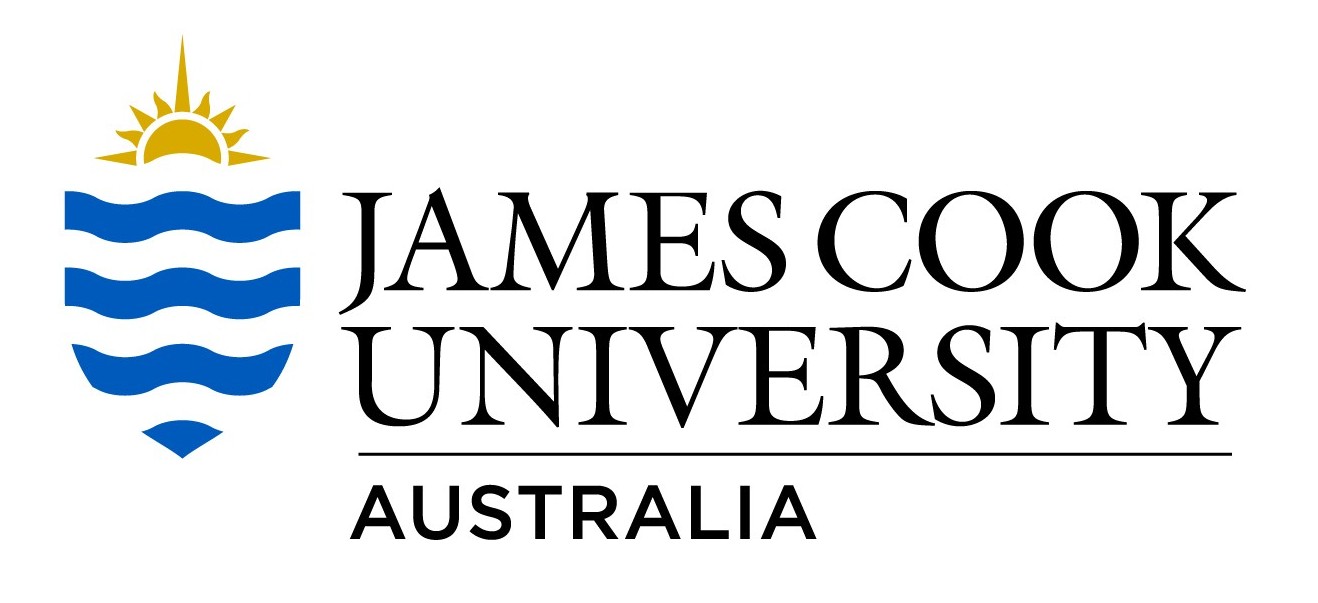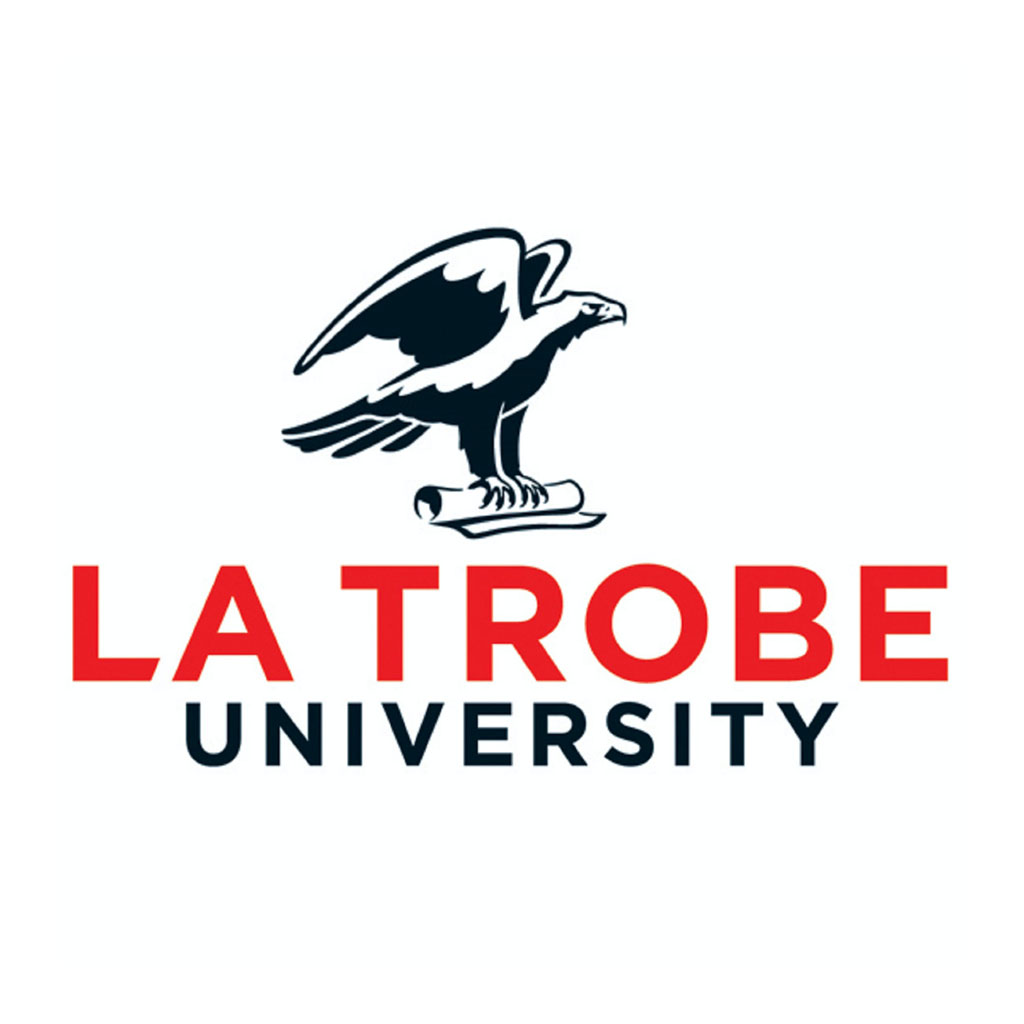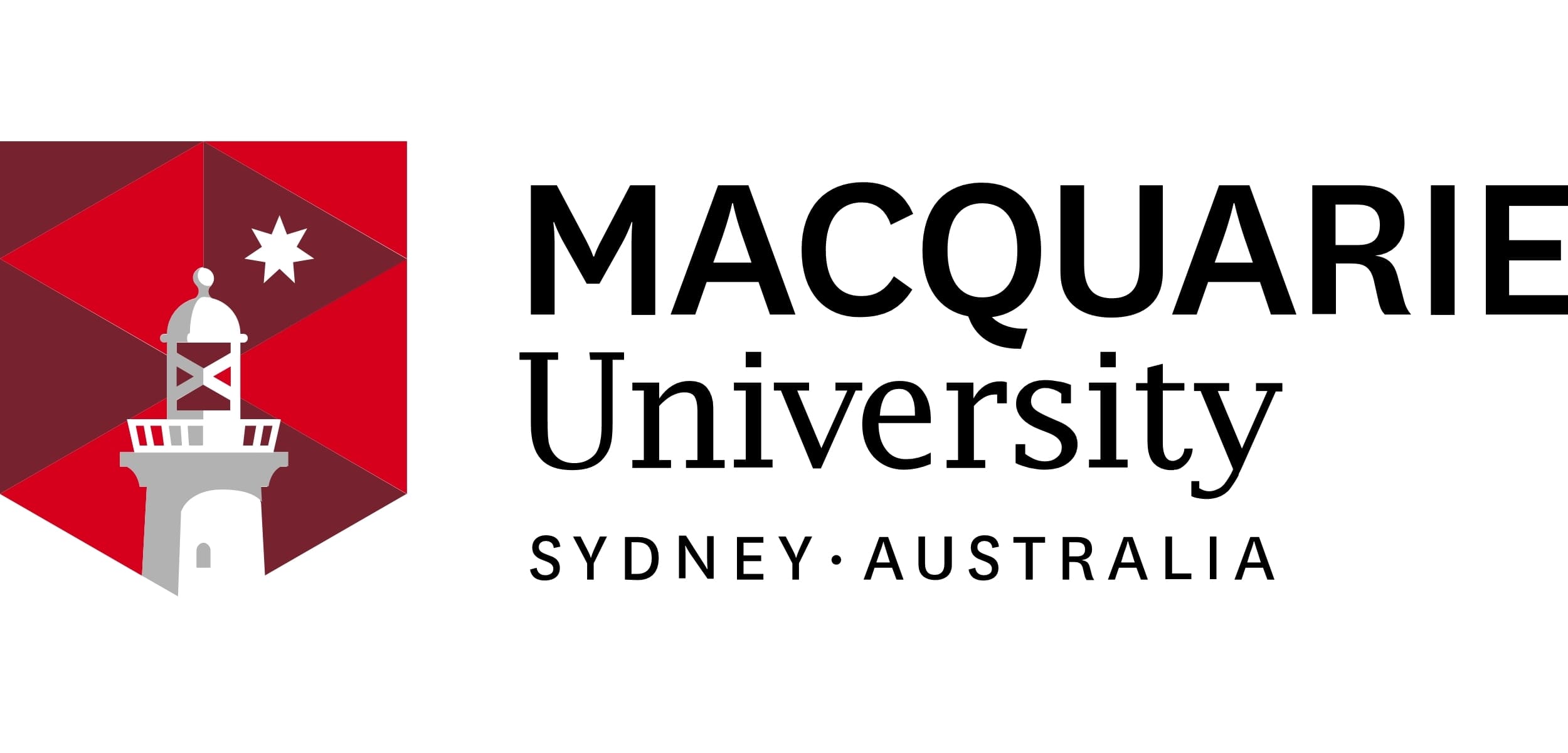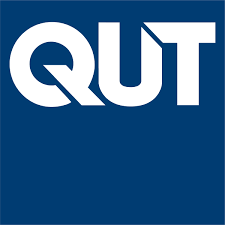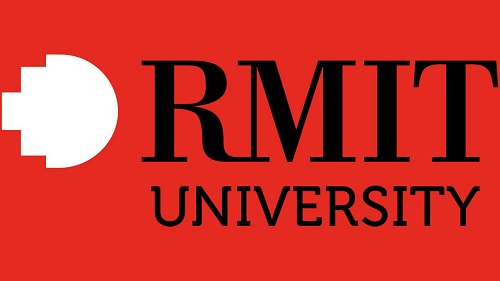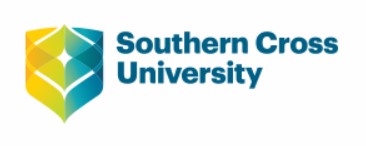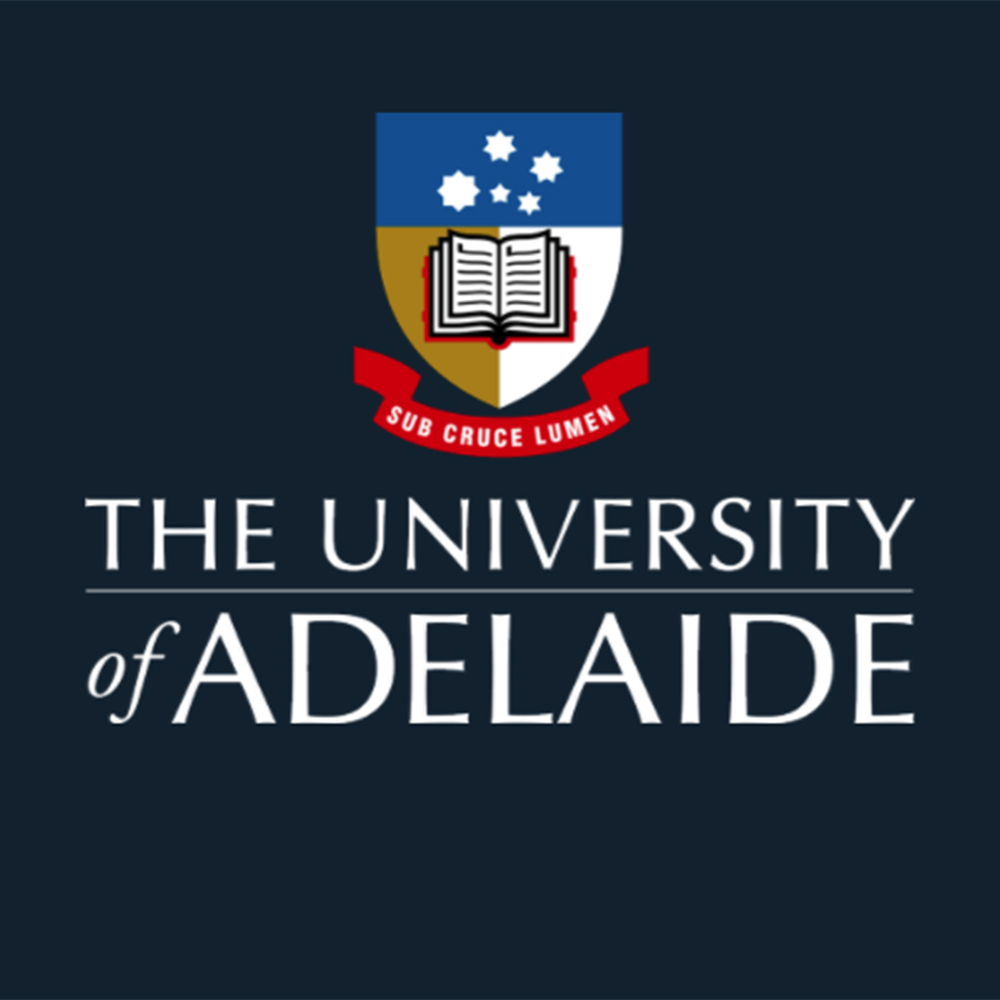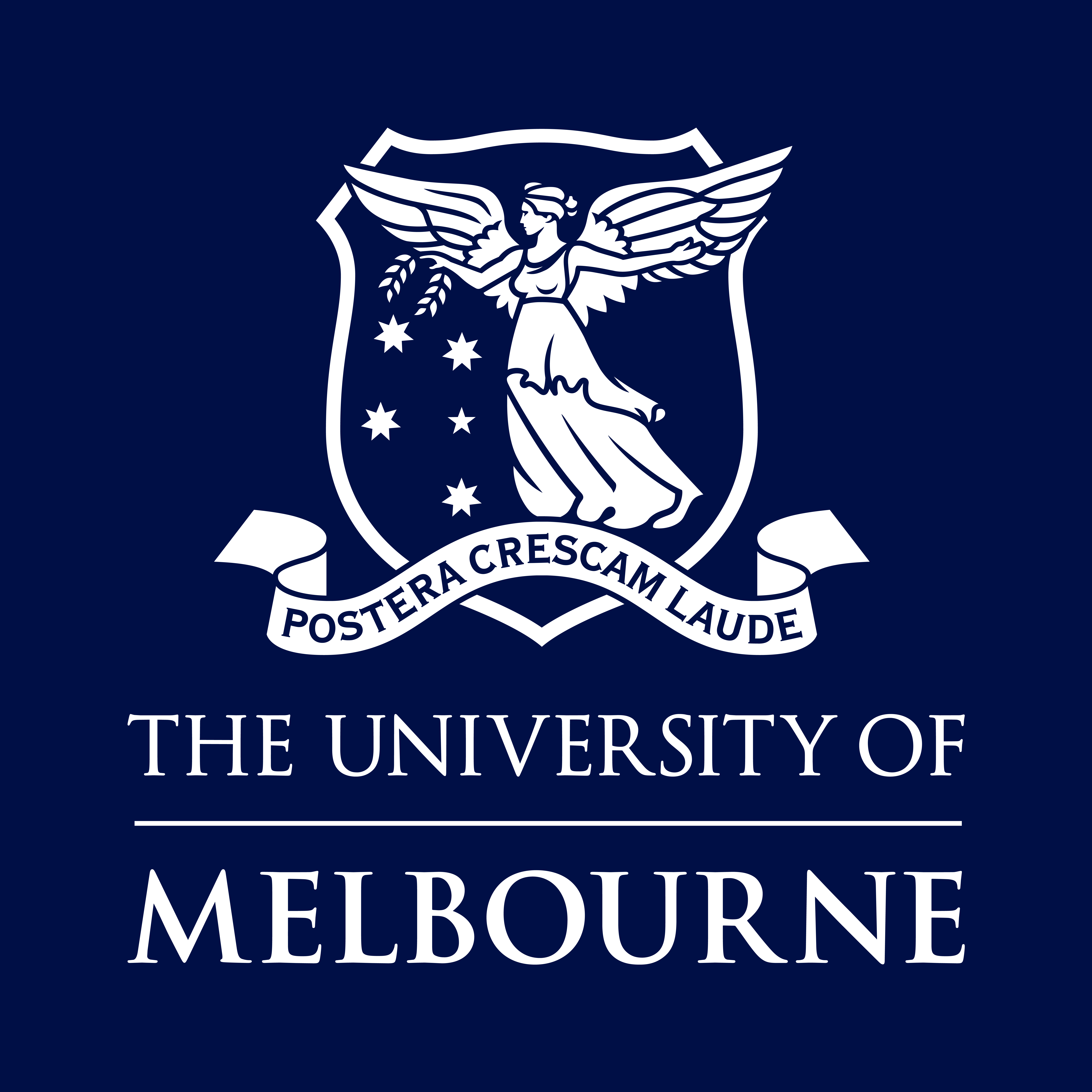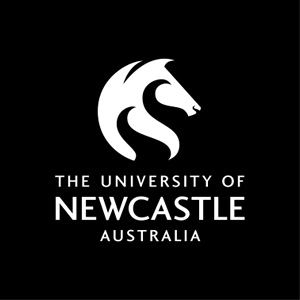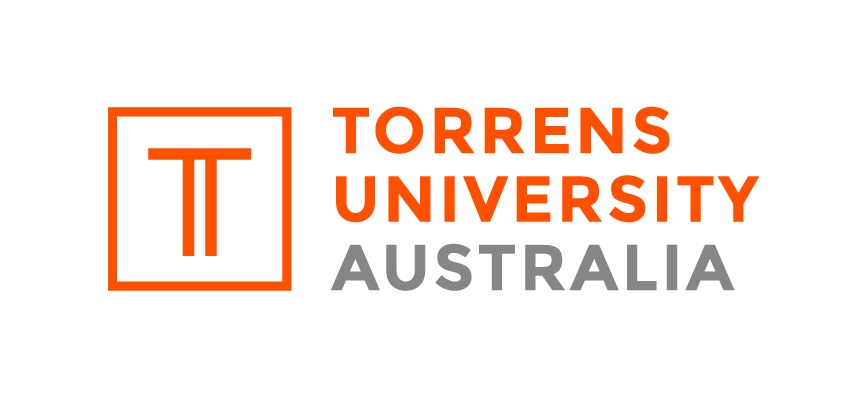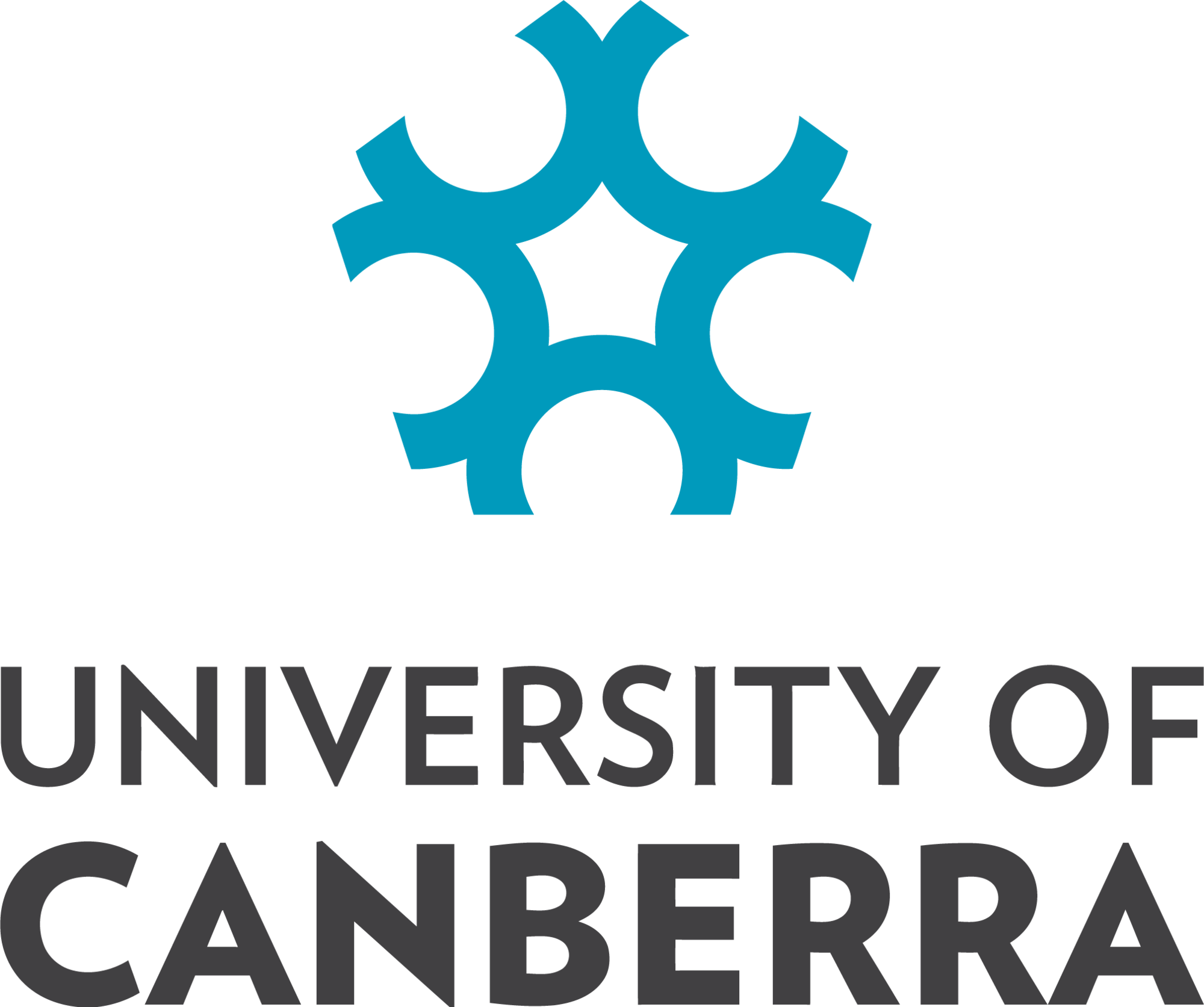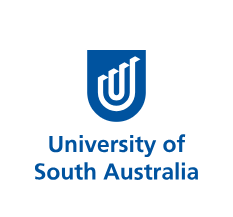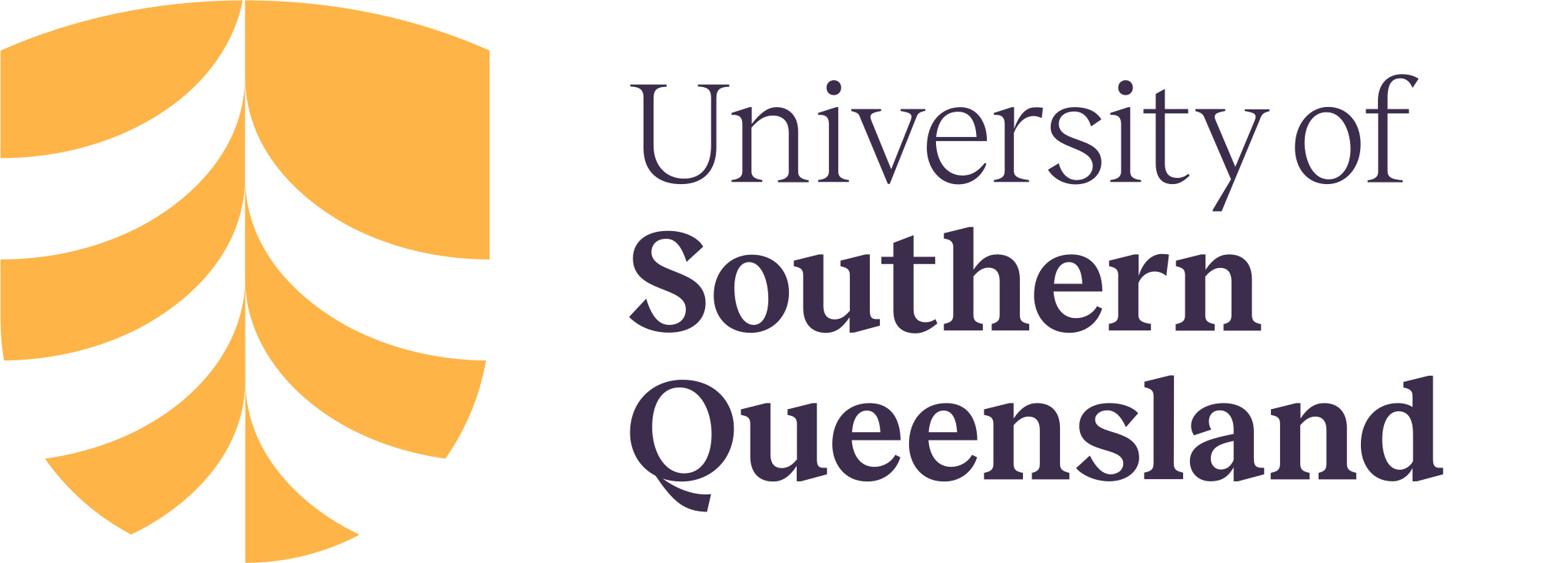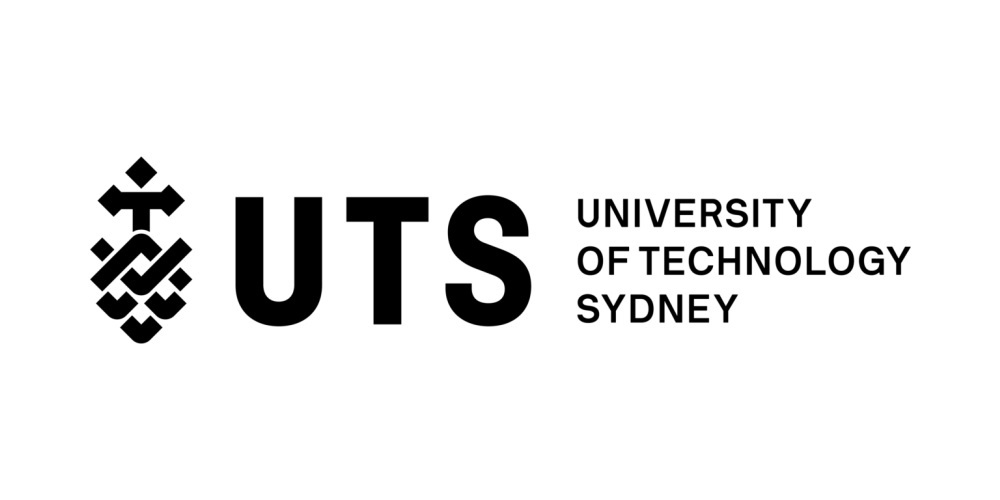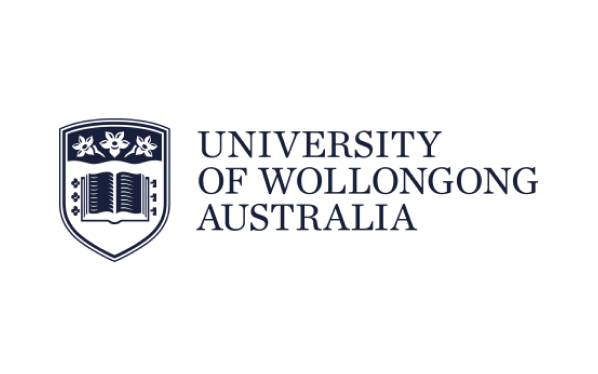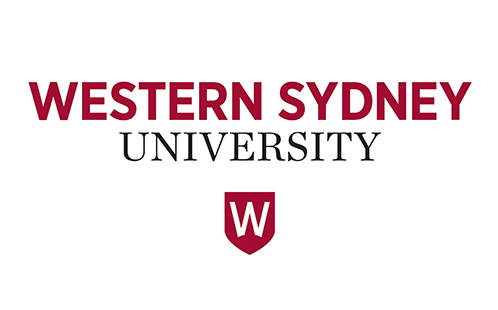Unlocking Research Excellence: A Comprehensive Guide to Australian RTP Scholarships for Indian Students
Are you an aspiring Indian researcher dreaming of pursuing a PhD or Master's by Research in Australia? With world-class universities, cutting-edge facilities, and a vibrant multicultural environment, Australia stands out as a top destination for higher studies. For Indian students eyeing the 2026 intake, the Australian Research Training Program (RTP) Scholarships offer a golden opportunity to fund your academic ambitions without financial burdens. These fully funded scholarships, administered by the Australian Government, support high-achieving international students in higher degree by research (HDR) programs. In this guide, tailored specifically for Indian applicants, we'll dive into everything you need to know—from eligibility and benefits to application tips—to help you secure your spot Down Under.
What is the Australian Research Training Program (RTP) Scholarship?
The RTP Scholarship is a prestigious initiative launched in 2017 by the Australian Government to replace earlier programs like the International Postgraduate Research Scholarship (IPRS). It provides block grants to over 40 eligible Higher Education Providers (HEPs), including top universities such as the University of Sydney, Australian National University (ANU), and University of Melbourne. These funds enable HEPs to offer scholarships to both domestic and international students pursuing research doctorates or Master's degrees.
For Indian students, RTP opens doors to groundbreaking research in fields like engineering, biotechnology, environmental sciences, and social sciences—areas where Australia excels and aligns with India's growing innovation ecosystem. Unlike merit-based scholarships alone, RTP emphasizes research potential, making it ideal for those transitioning from Indian institutions like IITs or IISc to global platforms.
Key Benefits of RTP Scholarships: Making Study Abroad Affordable
One of the biggest draws for Indian students is the comprehensive financial support RTP provides, covering costs that often deter international applicants. Here's a breakdown of the core benefits for the 2026 intake:
| Benefit | Description | Value (AUD, 2026 Rates) |
|---|---|---|
| Tuition Fee Offset | Full waiver of tuition fees for the duration of your HDR program. | Up to AUD 40,000–50,000 per year (varies by university) |
| Stipend for Living Costs | Tax-free allowance to cover accommodation, food, and daily expenses in Australia. | Base: AUD 34,315/year; Maximum: AUD 53,608/year (full-time) |
| Overseas Student Health Cover (OSHC) | Comprehensive health insurance mandatory for international students. | Fully covered for the scholarship duration |
| Relocation Allowance | One-off payment to help with travel from India to Australia. | Up to AUD 1,500–3,000 (depending on HEP) |
| Ancillary Allowances | Support for thesis printing, travel to conferences, or industry internships. | Up to AUD 2,000–5,000 over the program |
These benefits can save Indian students lakhs of rupees annually—tuition alone at Australian universities can exceed INR 20-30 lakhs per year. The stipend equates to about INR 18-28 lakhs annually, sufficient for comfortable living in cities like Melbourne or Sydney, where shared accommodation costs around AUD 200–300 weekly. Plus, RTP encourages industry collaborations, boosting employability back in India or globally.
Eligibility Criteria: Are You a Good Fit?
While RTP is competitive, Indian students with strong academic records have a high success rate. Eligibility is set by individual universities, but general requirements include:
- Academic Excellence: A bachelor's degree with first-class honors or equivalent (e.g., 70%+ from Indian universities) for Master's by Research; Master's with 65%+ for PhD. Prior research experience, like projects or internships, is a plus.
- English Proficiency: IELTS 6.5 overall (no band below 6.0), TOEFL iBT 79, or PTE 58. Indian students from English-medium institutions may get exemptions—check with your target university.
- Research Potential: A clear research proposal aligning with the supervisor's expertise. Publications, even in Indian journals, strengthen your case.
- Enrollment Status: Must be commencing a full-time HDR program in 2026; part-time options available for domestic but limited for internationals.
- Visa Compliance: Eligible for an Australian student visa (Subclass 500); no prior RTP funding.
Note: Indian students must not hold equivalent scholarships from other sources. Women in STEM and those from underrepresented regions in India may receive priority in diversity-focused rounds.
Step-by-Step Application Process for 2026 Intake
Applying for RTP is straightforward but requires early planning—start 12 months in advance to align with India's academic calendar. Follow these steps:
- Research Universities and Supervisors: Identify 3–5 HEPs based on your field. Use platforms like FindAPhD.com or university websites. Contact potential supervisors via email with your CV and proposal outline—mention your Indian background for cultural fit discussions.
- Prepare Documents: Gather transcripts, CV, two academic references, research proposal (1,000–2,000 words), and English test scores. For Indian applicants, include GATE/NET scores if relevant.
- Submit Expression of Interest (EOI): Many universities require an initial EOI form to gauge fit.
- Apply for Admission and Scholarship: Use the university's online portal. Tick the RTP box during application—no separate form needed at most places.
- Interviews and Offers: Shortlisted candidates face supervisor interviews (virtual for internationals). Offers roll out 4–8 weeks post-deadline.
- Accept and Visa Application: Upon acceptance, apply for your student visa via ImmiAccount, using the Confirmation of Enrolment (CoE) provided.
Pro Tip: Apply to multiple universities to increase chances—RTP spots are limited but plentiful across HEPs.
Application Deadlines: Plan for the 2026 Intake
Deadlines vary by university, with main rounds in late 2025 for Semester 1, 2026 (February/March start). Late applications may qualify for mid-year intake (July 2026). Here's a snapshot for major universities popular among Indian students:
| University | Round 1 Deadline (for Sem 1, 2026) | Notes for Internationals |
|---|---|---|
| University of Sydney | 15 September 2025 | Early round; rolling offers |
| Australian National University (ANU) | 31 August 2025 | Strict for internationals; includes stipend and fees |
| University of Melbourne | 31 October 2025 | Multiple rounds; Round 2: 31 January 2026 |
| University of Queensland (UQ) | 30 September 2025 | Onshore internationals: 30 January 2026 |
| Curtin University | 18 August 2025 (EOI) | Admission by 31 October 2025 |
| Australian Catholic University (ACU) | 1 October 2025 | Additional rounds in April and October 2026 |
Always verify on the university's scholarship page, as dates can shift. For Indian students, aim for Round 1 to secure spots before the rush.
Tailored Tips for Indian Students: Boost Your RTP Application
As an Indian applicant, leverage your unique strengths while addressing common hurdles. Here's how:
- Craft a Compelling Research Proposal: Tie your Indian experiences (e.g., tackling climate challenges in rural areas) to Australian expertise. Keep it concise, innovative, and feasible—aim for 1,500 words.
- Secure Strong References: Get letters from IIT/NIT professors highlighting your analytical skills. Virtual networking via LinkedIn can connect you with Aussie academics.
- Excel in English Tests: Book IELTS early; many Indian coaching centers offer Australia-specific prep. Target 7.0+ for competitive edge.
- Financial Planning: RTP covers most costs, but budget INR 1–2 lakhs for initial visa fees and flights. Explore India-Australia education loans from SBI if needed.
- Visa Success Strategies: Demonstrate ties to India (family, job prospects) in your Genuine Temporary Entrant (GTE) statement. Include RTP offer letter for stronger approval odds—over 90% success for scholarship holders.
- Cultural Adaptation: Join Indian student societies at target unis for support. RTP's internship options can lead to pathways like the Temporary Graduate Visa post-study.
Common Pitfall: Incomplete applications—double-check for scanned documents in PDF format.
Real Stories: Indian RTP Scholars Making Waves
Meet Priya Sharma, a 2024 RTP recipient at ANU, who researched sustainable agriculture inspired by India's farmer challenges. Her stipend allowed focus on fieldwork, leading to a published paper and industry ties with CSIRO. Similarly, Rahul Patel from IIT Bombay secured RTP at Melbourne for AI ethics, crediting his proactive supervisor outreach. These stories show RTP isn't just funding—it's a launchpad for global impact.
Frequently Asked Questions (FAQs)
Q: Can I work part-time on RTP?
A: Yes, up to 20 hours/week during terms, but prioritize research.
Q: Is RTP renewable?
A: Yes, annually based on progress reviews, up to 3.5–4 years for PhD.
Q: What if I'm from a non-STEM background?
A: RTP covers humanities too—check uni-specific quotas.
Q: How competitive is it for Indians?
A: Around 20–30% success rate; strong profiles from top Indian unis fare best.
Your Next Steps: Embark on the RTP Journey Today
The 2026 intake is your chance to join thousands of Indian alumni thriving in Australia's research landscape. With RTP's robust support, you'll gain not just a degree but lifelong networks and skills. Start by shortlisting universities, refining your proposal, and reaching out to supervisors. Remember, persistence pays—many successful applicants faced initial rejections but reapplied stronger. For personalized advice, connect with education consultants specializing in Australia. Your research revolution awaits—apply now and turn dreams into discoveries!


